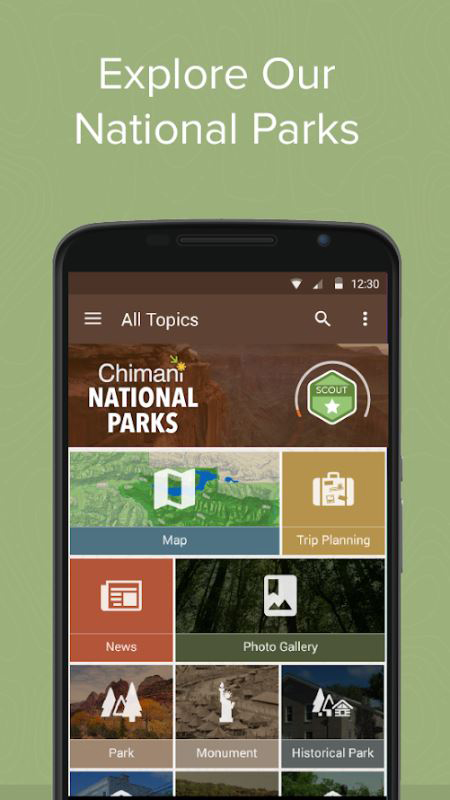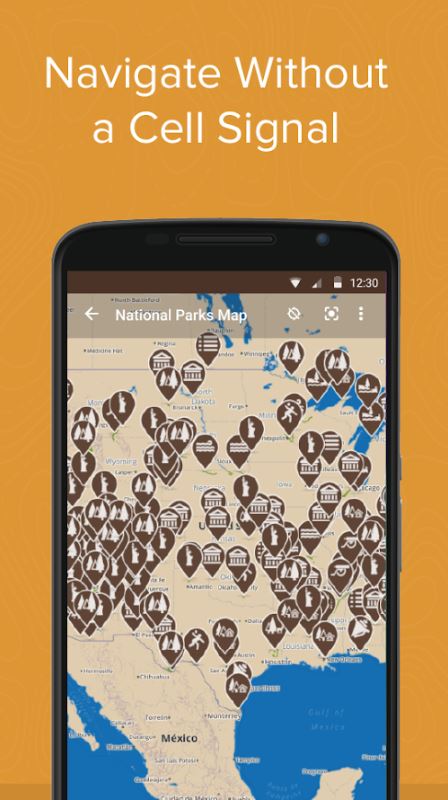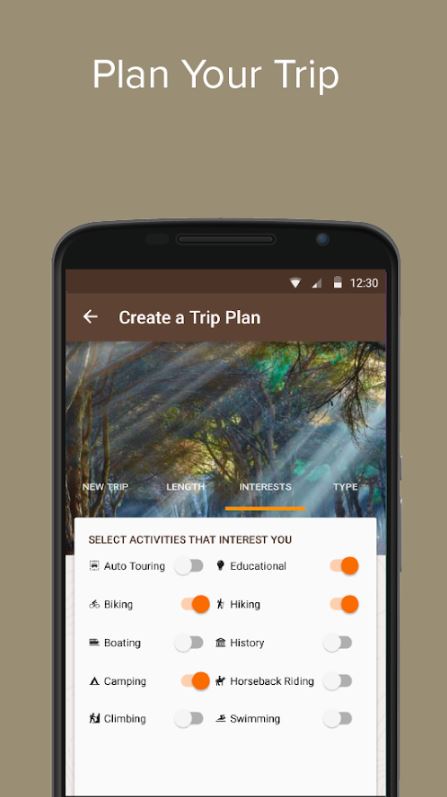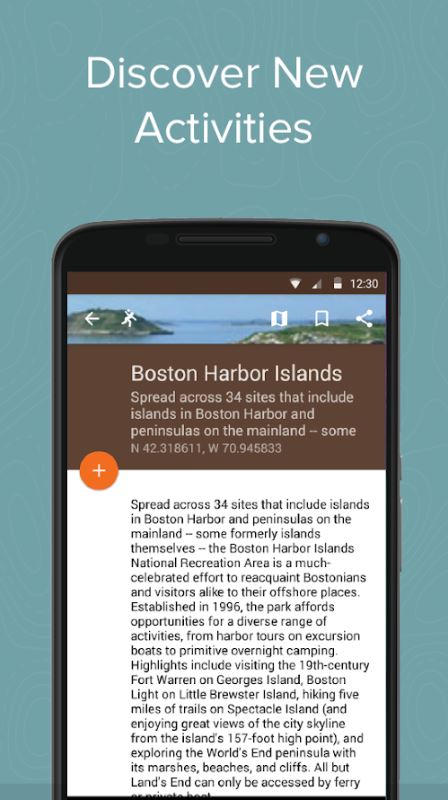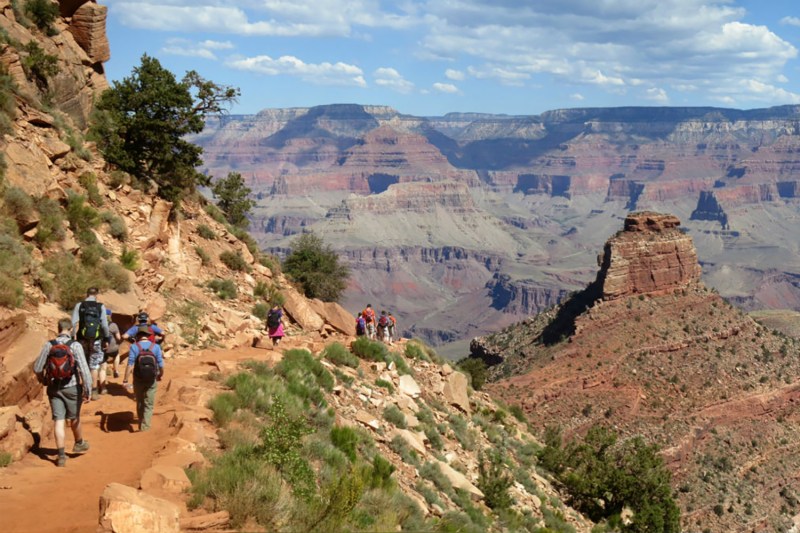
Summer is just about here, and that means one thing: lawnmower beer. OK, two things. It’s also the official start of the outdoors season. If you’re planning a National Park escape — whether for hiking, kayaking, or stargazing — you want to be prepared. Technology is usually unreliable and, frankly, a buzzkill when you’re on the trail, but it has its place. The Chimani National Park Guides app puts every U.S. National Park site in your pocket or, more specifically, on your smartphone.
The free Chimani mobile app provides essential park information in an easy-to-digest, user-friendly format. Points of interest, amenities, photos, trail maps, and more are available for all 419 park sites (including every National Park and other sites). From Alaska’s Gates of the Arctic to Glacier National Park to lesser-known parks like Michigan’s Isle Royale, the app makes trip-planning easy. What’s more, is Chimani works completely offline with no WiFi or data signal required.
For avid hikers or anyone interested in a more in-depth exploration, a paid subscription opens up detailed access to 64 of the parks. These guides include rich, GPS-enabled topographic maps that detail every trail with overall mileage, difficulty, elevation gain, latitude and longitude coordinates, and the estimated time of completion. Expanded, expert-curated content (written by actual locals, not the NPS) for each of these parks reveals everything visitors need to know including the best things to see, where to eat, and (most importantly) where all the bathrooms are. These also outline relevant train and shuttle bus schedules to help hikers navigate their way to, from, and within each park. Some guides also include audio tours, useful park alerts, and sunrise/sunset times. The paid guides are updated frequently, and subscribers receive immediate access to the latest versions.
Chimani is free to download for iOS and Android and is even accessible via the web if you like to keep it old-school. The paid version is available for USD $29.99 annually or a one-time fee of $99 for a lifetime subscription.
For a legit, off-the-beaten-path outdoor adventure, check out three of the most remote National Parks in the U.S. When you’re ready to hit the trail, download one of the best packing apps to make sure you never forget a thing on your next outing.
Editors' Recommendations
- You’ll soon be able to fish year-round at Yellowstone National Park
- This tiny caravan uses one smart feature to almost double its space when parked
- Grab your mask and fins, and head to the best snorkeling spots in the U.S.
- Take a break at one of these U.S. National Parks this winter
- Reservations required: You’ll have to plan ahead before visiting these national parks in 2024
